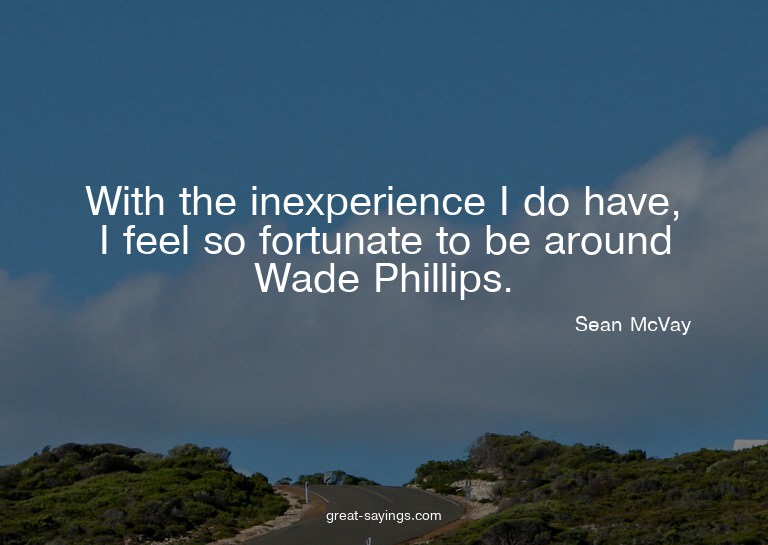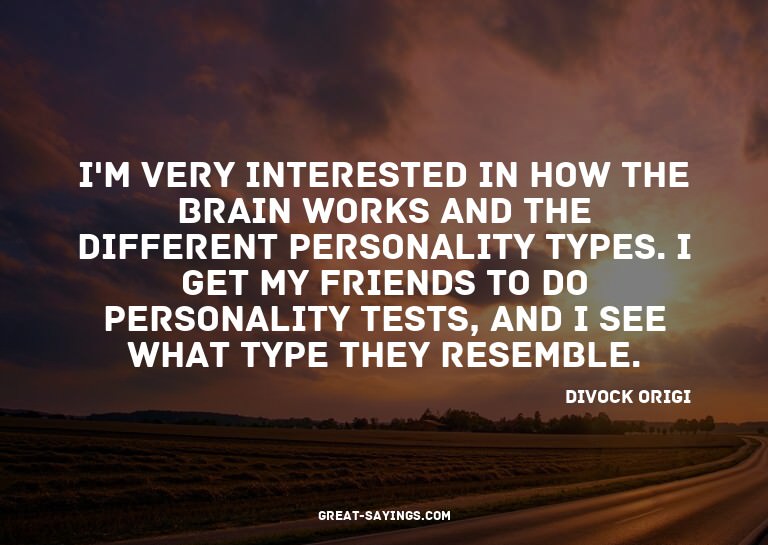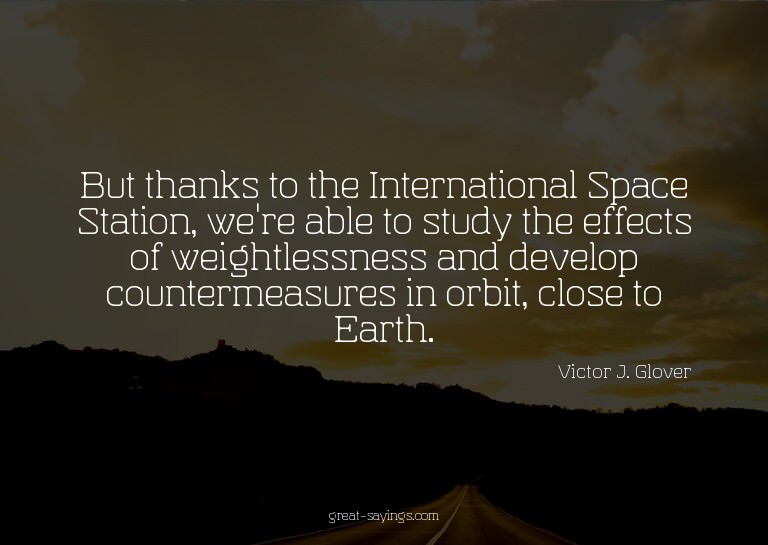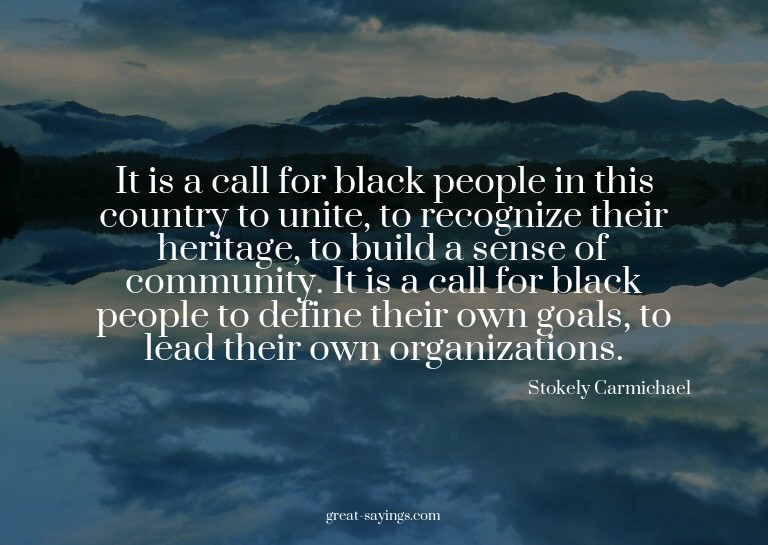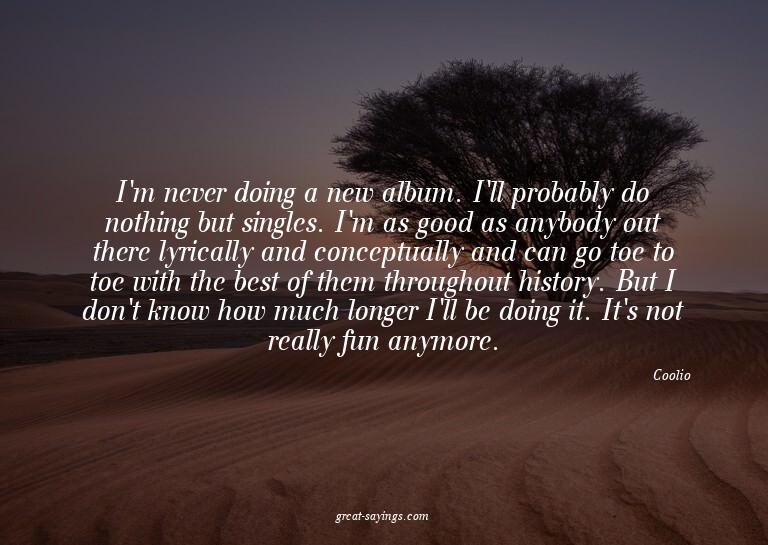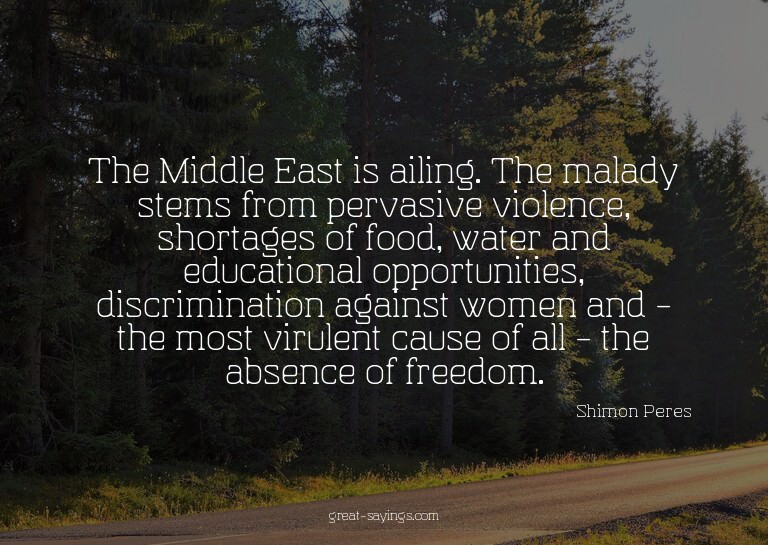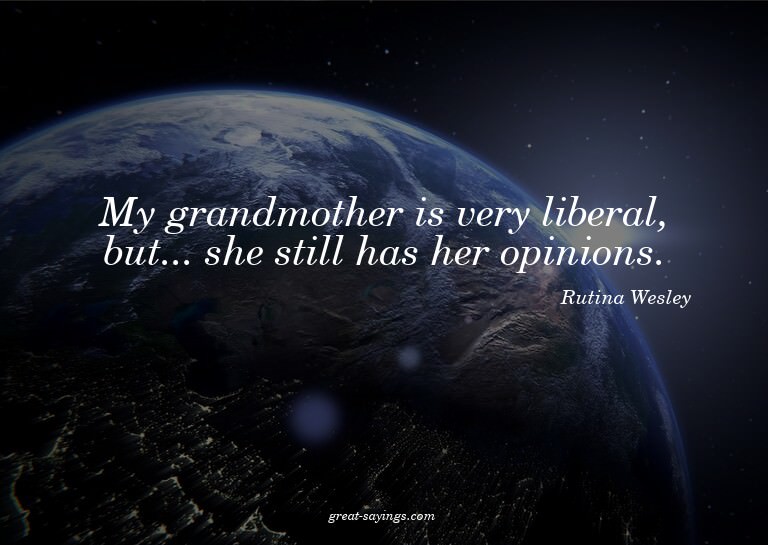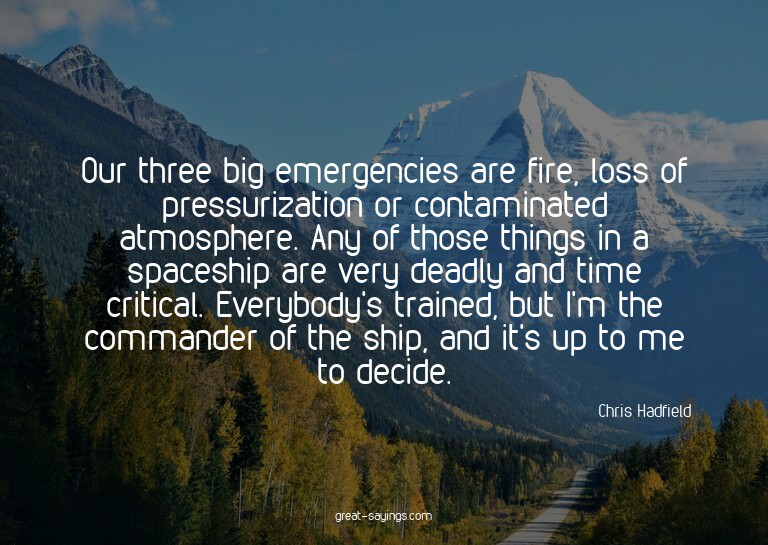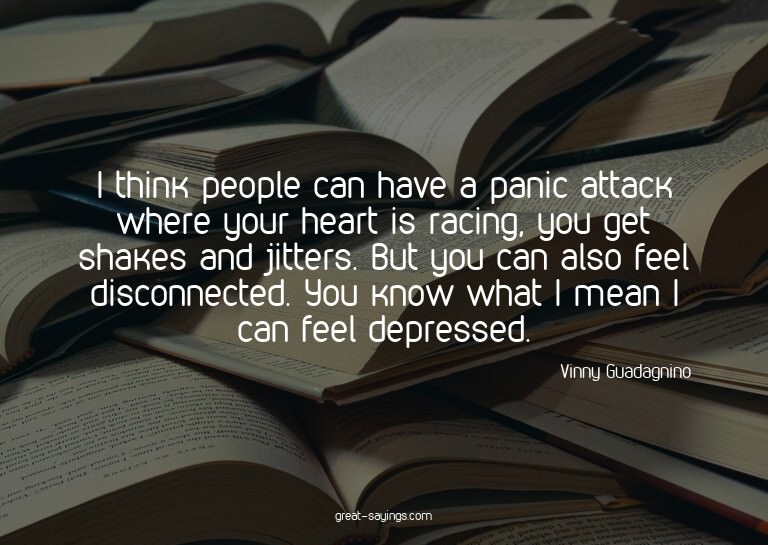Words matter. These are the best Paul Di Filippo Quotes, and they’re great for sharing with your friends.
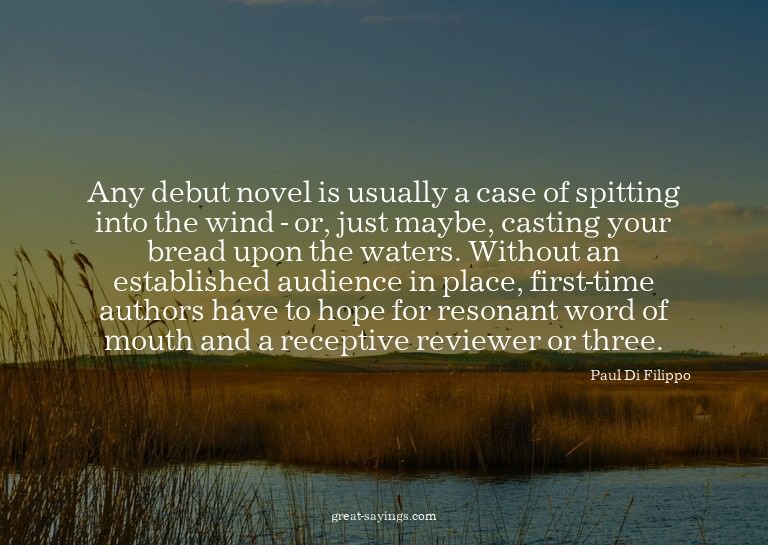
Any debut novel is usually a case of spitting into the wind – or, just maybe, casting your bread upon the waters. Without an established audience in place, first-time authors have to hope for resonant word of mouth and a receptive reviewer or three.
‘James and the Giant Peach’ magnificently starts out Dahl’s career as a blithe and droll Bad Uncle corrupter and affirmer of youth. Its influence can be subsequently traced down the decades in everything from Maurice Sendak to Lemony Snicket to J. K. Rowling.
Writing one’s first novel, getting it sold, and shepherding it through the labyrinths of editing, production, marketing, journalism, and social media is an arduous and nerve-wracking process.
Thomas Pynchon surely inaugurated or crystallized a new genre in 1963 when he published ‘V.’ The seriocomic mystery or thriller with one foot set in the present and one in various historical eras received its postmodern baptism from Pynchon.
The juggernaut that is steampunk, like Dr. Loveless’s giant mechanical spider in the 1999 film version of ‘The Wild, Wild West,’ seems capable of crushing all naysayers.
The lives of most authors – even, or perhaps especially, the great ones – are necessarily a catalogue of tedious inwardness and cloistered composition. Globe-trotting Hemingways and brawling Christopher Marlowes are the exception, not the rule.
I think humanity is not wise enough to know what genotype or somatype is going to be the most successful or the most fit – simply because we’re not fully in control of our environment.
The advent of AIDS circa 1980 has really forced medicine and biology to take enormous steps just for sheer survival. The same way war propels hard technology, AIDS has created wartime conditions in the field of biology that will have all sorts of spin-offs.
Steampunk, the repurposing of Victorian culture and technology for contemporary fun and profit, is so ubiquitous – in media, books, fashion, music, cosplay, and maker culture – that we tend to imagine its superficial aspects are all that define it.
Blending consensus historical events and personages with imaginary occult forces is a strong recipe for counterfactual storytelling goodness that combines the best of two worlds: resonant history with wild-eyed fantasy.
The term ‘steampunk’ itself, now a badge of honor, began as a putdown, a joke. But like ‘Big Bang’ in cosmology, the diss became the standard.
Quite often, intent on conveying how things can go wrong for a culture (science fiction) or an individual (horror) or all of magical creation (fantasy), works of fantastika often preclude comedy, because humor gets in the way of messages of doom or struggle.
Generational change within a genre is hard to parse while it’s happening. Only in retrospect can the passing of the baton from ancestors to progeny be clearly discerned.
The entire Internet, as well as the types of devices represented by the desktop computer, the laptop computer, the iPhone, the iPod, and the iPad, are a continuing inescapable embarrassment to science fiction, and an object lesson in the fallibility of genre writers and their vaunted predictive abilities.
Certainly the highest posthumous praise that can be conferred upon any writer is the assertion that his or her writing permanently altered the literary landscape for the better, opening new textual doors and engaging new readers. That the author’s oeuvre was essential and irreplaceable and transformative.
Everyone can guess what ‘Corn Flakes’ tastes like, even if you’ve never had them. But what, pray tell, does ‘High School Musical’ or ‘Spider-Man’ cereal possibly taste like? In this late era, we have reached the ultimate deracination between product image and what actually sits on our spoon.
Generally speaking, by the time a subculture such as steampunk secures the attention of major media, resulting in extensive coverage of the craze, said phenomenon is already on the way out.
The three touchstones that woke Buddha up – sickness, old age, and death – are a pretty good place to start when crafting a tragic tale. And if we need to get more specific: heartbreak, destruction, miscomprehension, natural disasters, betrayal, and the waste of human potential.
Stephen King consummately honors several traditions with his rare paperback original, ‘Joyland.’ He addresses the novel of carny life and sideshows, where the midway serves as microcosm, such as in those famous books by Ray Bradbury, Charles Finney and William Lindsay Gresham.
Science offers no brief for the telekinetic powers of Darth Vader and hardly any greater justification for the faster-than-light travel that makes his empire possible. And yet what is ‘Star Wars’ if not pure quill SF?
Every new generation of SF writers remakes cyberpunk – a genre often laced with dystopian subtexts – in its own image.
Technically and logically speaking, actual Victorian science fiction writers cannot be dubbed ‘steampunks.’ Although they utilized many of the same tropes and touchstones employed later by twenty-first-century writers of steampunk, in their contemporary hands these devices represented state-of-the-art speculation.
Roald Dahl pioneered a new kind of literature for youngsters, one that dispensed with cant and solemnity, favoring anarchy and joy over duty and humbuggery while acknowledging that oftentimes no good deed goes unpunished. But ultimately, it was his sheer joie de vivre that carried the day.
The SF genre, of course, is really an organically evolved, marketplace-determined, idiosyncratic grab bag of themes and signifiers and characters and icons and gadgets, some of which hew to the realistic parameters and paradigms embraced by science, others of which partake more of fantasy and magic.
It’s a heartening fact about the human race that utopian fiction precedes dystopian fiction in the evolution of literature.
War has always been a part of science fiction. Even before the birth of SF as a standalone genre in 1926, speculative novels such as ‘The Battle of Dorking’ from 1871 showed how SF’s trademark ‘what if’ scenarios could easily encompass warfare.
It is truly bracing and instructive to contemplate the End Times – at least at safe remove, in the pages of fiction – especially as the world beyond our hearths churns and convulses unknowably, yet perhaps just short of ultimate disaster.
Sometimes magnificent visual art takes root in the humblest of soils. Advertisements painted on old barns, tattoos, fruit crate labels, hot rod embellishments – all these media and many other non-galleried forms have hosted and fostered esthetic delights that satisfy any rigorous definition of art.
For every reader and writer of steampunk fiction, there are probably hundreds or thousands of other activists who gleefully embrace some non-written manifestation of the steampunk ethos.
The constituents of tragedy may be universally acknowledged, easily invoked and deeply felt, but the elements of comedy are, I think, more widely variable from person to person.
Only a minority of science fiction dystopias attempt to plumb the real existential roots of oppression, the flaws in humanity’s nature that undermine our best attempts at organizing ourselves into social units.
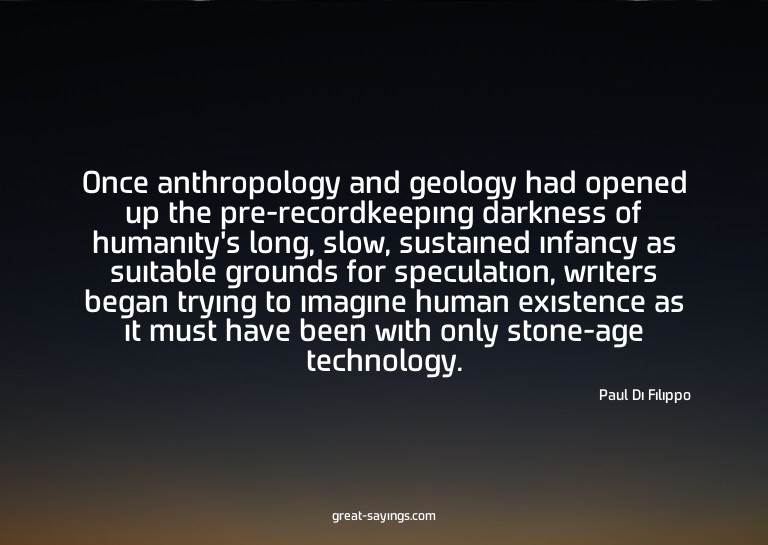
Once anthropology and geology had opened up the pre-recordkeeping darkness of humanity’s long, slow, sustained infancy as suitable grounds for speculation, writers began trying to imagine human existence as it must have been with only stone-age technology.
The way I was educated, maybe from just inhaling something in the air back then, I grew up believing that E. B. White occupied the apex of essay writing.

